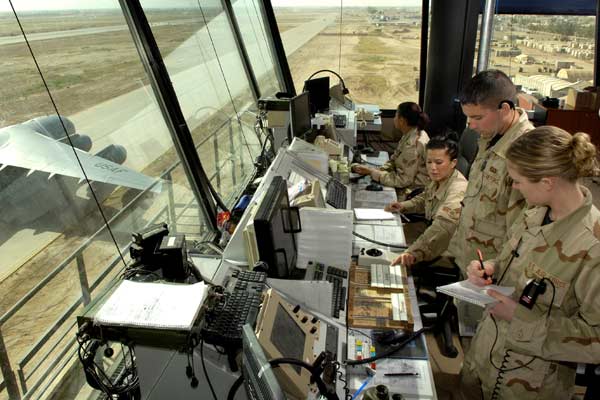
SITUATION MONITORING:
- Fosters mutual respect and team accountability
- Provides a safety net for both team and patient
Let's look at two tools designed to structure the process of Siituation Monitoring.
1. Cross Monitoring
Cross monitoring is an error reduction strategy that involves:
- Monitoring the actions of other team members for the purpose of sharing the workload and reducing or avoiding errors
- Maintaining accurate situation awareness
- "Watching each other's back"
- Monitoring each other's task execution and giving necessary feedback during task execution
- Ensuring that mistakes or oversights are caught quickly
The scenario below illustrates the dynamic of situational awareness and cross monitoring:
Scenario:
A patient in the ICU has coded, and CPR is in progress. The Resuscitation Team is busy
ensuring that intravenous access is available, and the ET tube is inserted correctly.
Dr. Matthews, the Team Leader, is calling out orders for drugs, X-rays, and labs. Judy, a
nurse at the bedside, is inserting an IV. Nancy, another nurse, is drawing up meds. Judy
can tell by Nancy's expression that she didn't get the last order called out by Dr. Matthews.
Judy calls out while continuing to place the IV, "Nancy, he wants the high-dose epinephrine
from the vial in the top drawer."
2. S.T. E.P.
S.T.E.P. is a mnnemonic that helps us to organize our mindfulness and allows us to acquire a trained eye
for monitoring elements that are critical to the situation.
The elements that make up S.T.E.P. are:
- Status of Patient
- Team Members
- Environment
- Progress (toward goal)
The following example illustrates each component in the STEP process.
Example:
The repiratory therapist notes that an intubated patient is showing a
marked increase in respiratory rate that might indicate increased pain
that the patient cannot communicate. (STATUS OF PATIENT)
The patient's nurse is busy helping another patient. (TEAM MEMBERS)
It is shift change, and everyone is busy, so you check the medication record
and note that the patient is overdue for his morphine. (ENVIRONMENT)
You notify the oncoming nurse of your concern and make a recommendation. (PROGRESS)
Let's conclude by looking at the final pillar upon which effective teams are built - Mutual Support.
return to top | previous page | next page